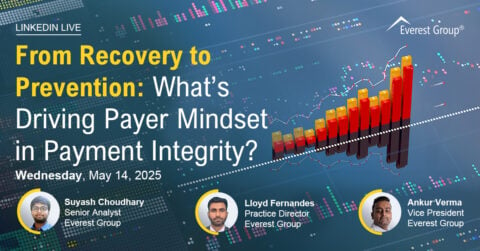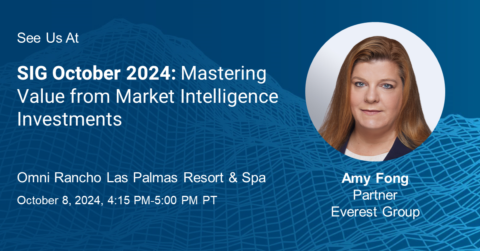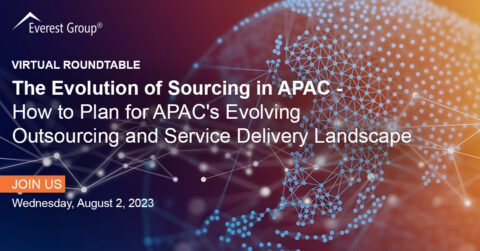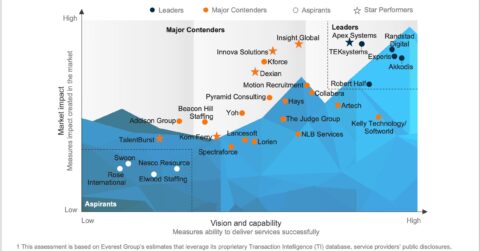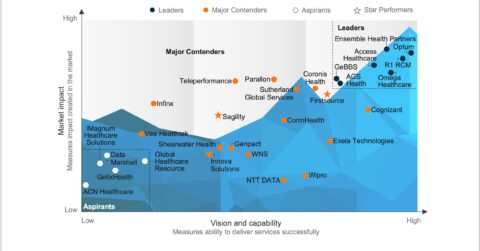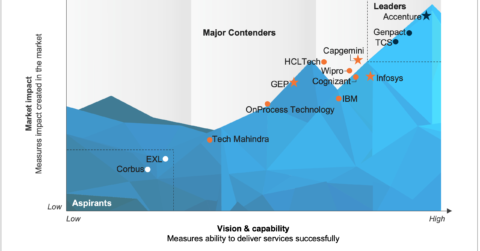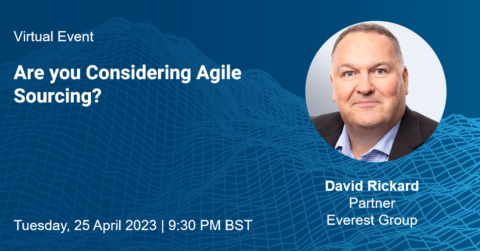Reimagine growth at Elevate – Dallas 2025. See the Agenda.
Filter
Displaying 1-10 of 24
From Recovery to Prevention: What’s Driving Payer Mindset in Payment Integrity? | LinkedIn Live
May 14, 2025
ON-Demand LinkedIn Live
1 hour
SIG Global Executive Summit 2024
October 7-9, 2024
4:15 PM - 5:00 PM PT
Omni Rancho Las Palmas Resort & Spa, California, US
When High Tech meets High Touch: Generative AI in CX | Networking Event
April 18, 2024
Networking Event
August 2, 2023
11 a.m. IST | 1:30 p.m. SGT | 2:30 p.m. JST | 3 p.m. ACT
Virtual Roundtable
1 hour 30 minutes


